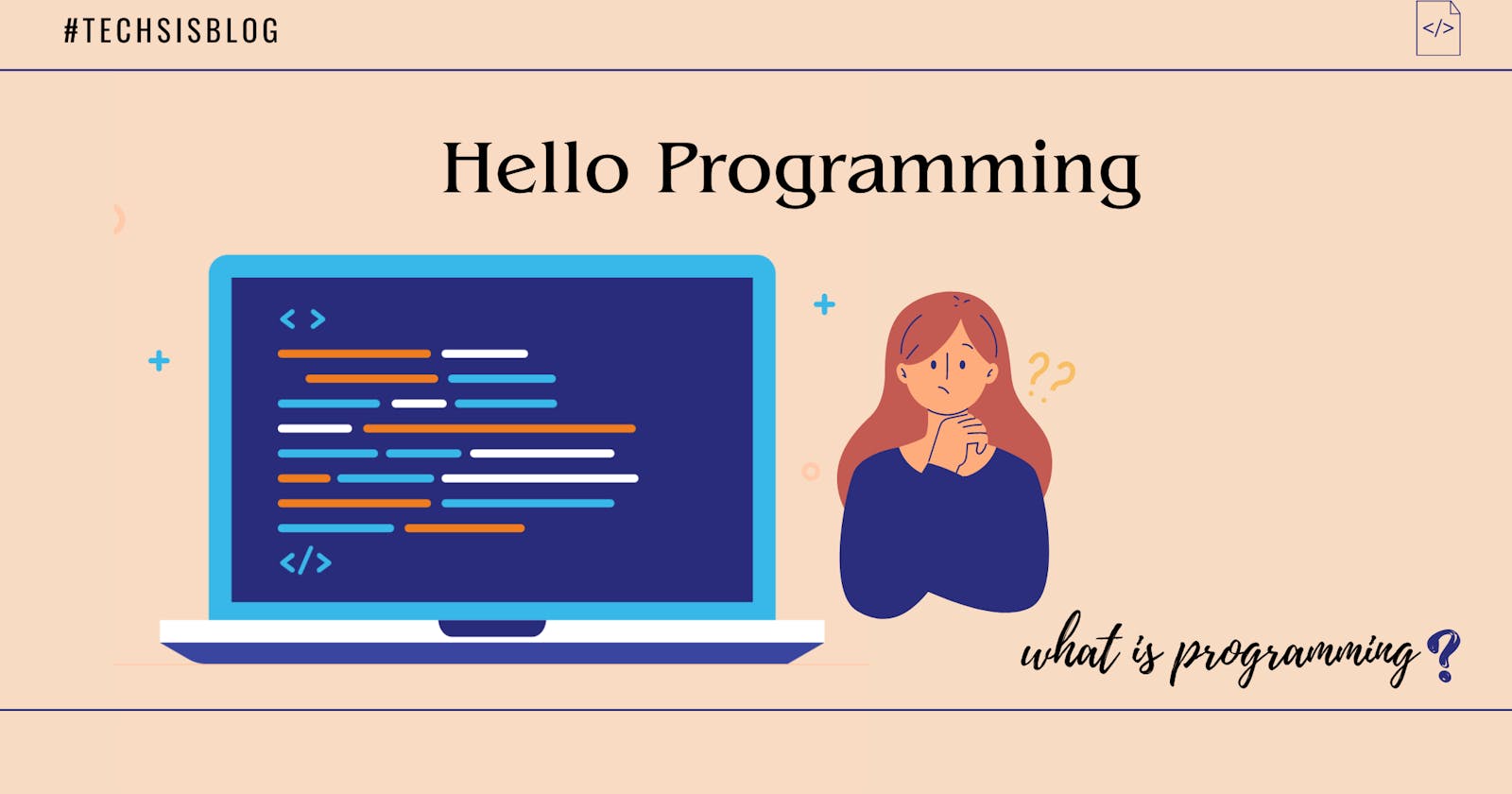Introduction to Programming?
In my very first programming class in University, the lecturer defined programming as a set of instructions that defined how a certain task is performed by a computer. Upon hearing the idea of instructing something to perform a task, I was hooked. In so doing just casually announcing my control issues, but I digress. Eventually I would learn about the various aspects of programming, after graduating and in the process of job searches I use to get the words programmer and software developer intertwined. So when it came to finding a topic for my very first blog on this technical writing journey I chose to start with it because of its introductory concepts and knowing that it would aid in understanding and knowing.
What is Computer Programming?
I will start by looking at programming, it is the process of instructing a computer to perform specific tasks by providing it with a set of instructions, usually in the form of a programming language by programmers to solve problems, automate tasks, manipulate data, or create software applications. Governed by these core principles, identifying and understanding the problem that needs to be solved. Then creating a step-by-step plan or algorithm to solve the problem. Followed by writing the actual code using a programming language that implements the algorithm. After coding you run the program to ensure it produces the expected results, identifying and fixing any errors (bugs) that may appear.
Software developer vs Programmer
When we use programming to create software applications this comprises of the design, development, testing and maintenance stages of the set of instructions to the computer so as to perform the specified task, this process is known as the software development lifecycle. Professionals who do this kind of work are known as software developers. While a programmer is primarily focused on the actual writing of the code to implement it and is not involved in the other stages of the development process.
Programming Languages
The set of instructions are written in what we call programming languages, which are formal programming languages that are used to communicate the instructions to the computer. They provide a set of rules and composition for writing code that can be translated by a compiler or interpreter into machine-readable instructions. There are numerous programming languages, each with its own composition, semantics, and areas of application. Here are some of the most popular programming languages: I will just have a summarized list of them here and will go into much more detail in the next article. Python, Java, JavaScript, C/C++, C#, Ruby and Swift.
